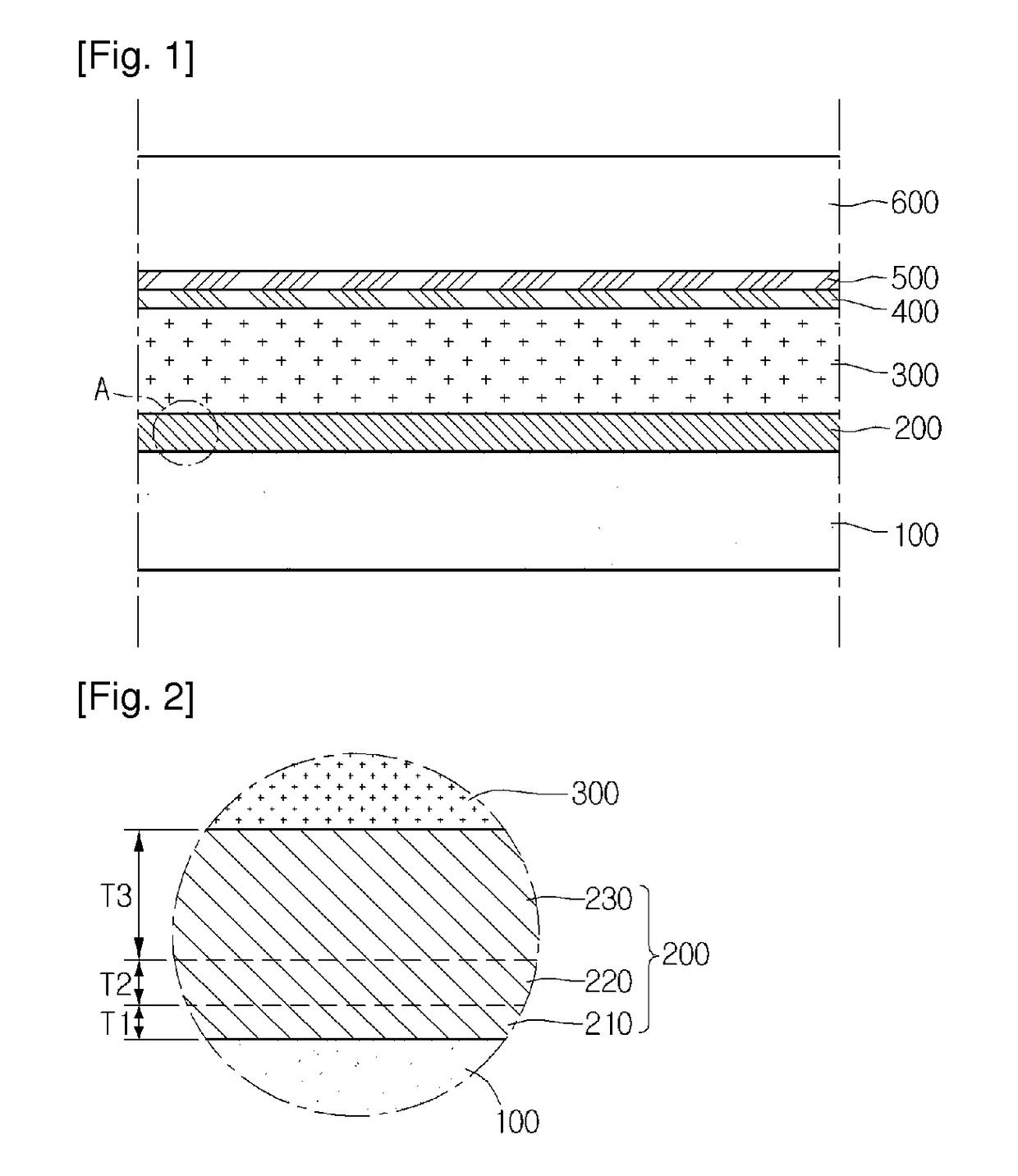Solar cell and method of fabricating the same
a technology of solar cells and solar cells, applied in the field of solar cells, can solve problems such as electrical loss, and achieve the effects of preventing defects, ensuring reliability, and reducing thermal expansion and thermal contraction
- Summary
- Abstract
- Description
- Claims
- Application Information
AI Technical Summary
Benefits of technology
Problems solved by technology
Method used
Image
Examples
Embodiment Construction
[0018]In the description of the embodiments, it will be understood that, when a layer (film), a region, a pattern, or a structure, is referred to as being “on” or “under” another substrate, another layer (film), another region, another pad, or another pattern, it can be “directly” or “indirectly” on the other substrate, the other layer (film), the other region, the other pad, or the other pattern, one or more intervening layers may also be present. Such a position of each layer has been described with reference to the drawings.
[0019]The thickness and size of each layer (film), each region, each pattern, or each structure shown in the drawings may be exaggerated, omitted or schematically drawn for the purpose of convenience or clarity. In addition, the size of each layer (film), each region, each pattern, or each structure does not utterly reflect an actual size.
[0020]Hereinafter, the embodiment of the disclosure will be described in detail with reference to accompanying drawings.
[00...
PUM
 Login to View More
Login to View More Abstract
Description
Claims
Application Information
 Login to View More
Login to View More - R&D
- Intellectual Property
- Life Sciences
- Materials
- Tech Scout
- Unparalleled Data Quality
- Higher Quality Content
- 60% Fewer Hallucinations
Browse by: Latest US Patents, China's latest patents, Technical Efficacy Thesaurus, Application Domain, Technology Topic, Popular Technical Reports.
© 2025 PatSnap. All rights reserved.Legal|Privacy policy|Modern Slavery Act Transparency Statement|Sitemap|About US| Contact US: help@patsnap.com


